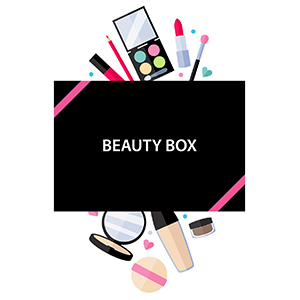We are about to kick off the 43rd edition of Cosmetics & Toiletries USA, our flagship report that takes a close look at the key drivers and trends, relevant product launches, changing competitive playing field, and evolving retail channel landscape that transform the beauty and personal care market, with a forward-looking analysis through 2022. Naira Aslanian, the report’s project manager, answers questions about key topics that will be investigated, including two agents that are helping to transform the industry landscape: indies and beauty boxes.
What themes will the report answer about the beauty industry in 2017?
We like to highlight numerous themes in our report. These could range from the key product launches and the corresponding trends, to which companies are at the forefront of a specific movement or trend. The report also covers the changing retail landscape to the trends set by retailers and focus on brands that change their distribution models to enter different avenues to improve sales.
Why is everyone talking about indies?
Indies continue to unfold their power, bringing unique concepts, authentic stories, customized solutions, and exotic ingredients to the forefront. Their digital prowess combined with deeper consumer interest in problem-solving products brings these niche players into the spotlight.
Which indies are poised to become the next billion-dollar buyouts for cosmetic giants?
Online exclusive brands, such as Glossier and Kylie Cosmetics, have become the new success stories, with cult-like social media followings and sell-out products. As seen in our recently published report Beauty’s Most Buyable Brands: Analysis of Booming Independent Brands in the United States, behind these rising stars are their loyal followers, absorbed in the selfie generation, influencing and following trends, experimenting with varying looks and styles, and contributing to the development of their favorite products.
Which channels play a key role for indies?
While the common starting point for indies is digital and social, traditional retailers such as Target and trendy lifestyle retailers like Urban Outfitters have reacted to the hype by diversifying the beauty offerings in their stores, bringing curated collections of niche brands to shelves. Target has taken on the online subscription box for men —Harry’s and Urban Outfitters is now offering Kopari in its stores.
Speaking of channels, what about subscription boxes?
When Birchbox first launched in 2010, many thought it was a novelty, and in some ways it was. But this phenomenon has evolved to much more. Today, it has become a key method for consumers to meet and engage with brands, and it is the perfect, timely combo of convenience and fun. There are now more subscription boxes than ever, from other pure plays such as Glossybox and Ipsy, to retailer boxes like Play! by Sephora, publisher such as Allure Beauty Box, and now lifestyle boxes such as FabFitFun and LoveGoodly that include beauty items among other curated goods.
As this segment has become more fragmented than ever, we are going to do what Kline does best: cut through the clutter to offer our readers a clear and insightful analysis of the channel’s landscape, size and segmentation, and opportunities through our new report Beauty by Subscription: U.S. Channel Analysis and Opportunities.

